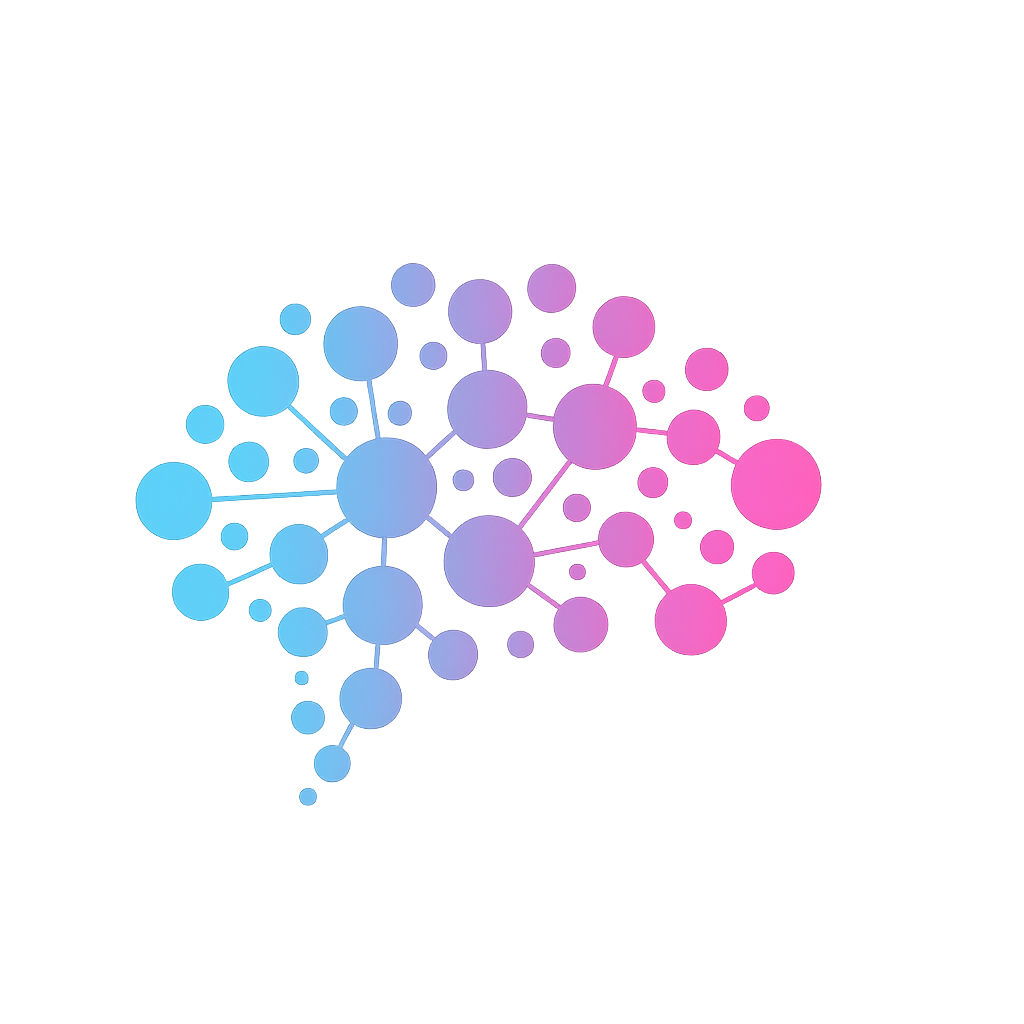The Brain on Burnout
When stress becomes chronic, your body floods with cortisol. Over time, this disrupts your prefrontal cortex — the command center for focus and decision-making — and reshapes circuits in the hippocampus that regulate memory and emotion (McEwen, NEJM, 1998).
The result isn’t just fatigue. It’s like a car alarm that never shuts off: constant stress signals drowning out your ability to feel joy, clarity, or control.
Beyond Exhaustion: Identity Misalignment
The World Health Organization recognizes burnout as more than exhaustion: it’s cynicism, detachment, and reduced effectiveness.
Psychologists Maslach & Leiter (2004) found burnout emerges when personal values no longer align with organizational demands:
- A teacher who became an educator to inspire, but spends 70% of the week on paperwork.
- A nurse buried in bureaucracy instead of patient care.
- A creative trapped in repetitive admin instead of making.
This is identity dissonance — the deeper cost behind burnout.
The True Cost of Burnout
Burnout isn’t soft. It’s measurable:
- $3,400 per disengaged employee annually in lost productivity (Harvard Business School, 2021)
- $11,000 per lost employee due to turnover costs
- $1 trillion in global productivity losses from depression and anxiety alone (WHO & World Bank, 2020)
When identity breaks down at scale, the economy bleeds.
Why Recovery Isn’t About Rest
Vacations don’t cure burnout because they don’t solve identity misalignment.
Wellness programs often fail too — Gallup reports participation rates under 50%, and large RCTs (Jones et al., QJE, 2019) found no ROI when programs ignored identity-level change.
Real recovery comes when people are treated as active agents. Stanford’s SPARQ lab calls this “aid-for-agency”: interventions work when they restore dignity and self-direction, not when they offer temporary escape.
The Identity Reset Protocol (4 Weeks)
Grounded in Carnegie Mellon’s research on mindset interventions, here’s a four-step path out of burnout:
Values Archaeology (Week 1): Clarify your core professional values vs. current demands.
Dissonance Mapping (Week 2): Identify daily tasks that conflict with those values.
Micro-Realignment (Week 3): Create three small daily actions that reconnect you with purpose.
Progress Anchoring (Week 4): Track how aligned you feel with your values — not just how productive you are.
From Stress to Strength
Burnout isn’t solved by escape. It’s solved by rebuilding who you are at work.
When identity and action align, the brain rewires from stress to strength — resilience returns, creativity re-emerges, and momentum builds.
That’s the work MindEmerge is built for: helping you reconnect with your true voice and re-anchor your identity in a way that sticks.

